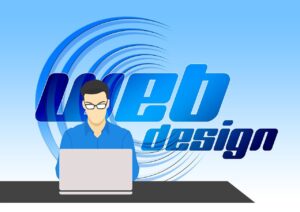Logo design is a crucial aspect of branding and visual identity for businesses, organizations, and individuals. A logo serves as a visual representation of a brand and is often the first thing people notice about a company. Here are some key elements and considerations in logo design:
- Simplicity: A good logo should be simple and easy to recognize. Simple logos are more memorable and versatile, making them effective across various platforms and applications.
- Memorability: A memorable logo is one that sticks in people’s minds and leaves a lasting impression. Memorable logos typically have unique and distinctive elements that set them apart from competitors.
- Relevance: A logo should be relevant to the brand it represents and reflect its values, personality, and offerings. It should communicate the essence of the brand and resonate with its target audience.
- Versatility: A versatile logo is one that looks good and remains effective across different contexts, such as print, digital, and promotional materials. It should be scalable, meaning it looks good at any size, and work well in both color and black and white.
- Timelessness: While trends come and go, a timeless logo withstands the test of time and remains relevant and effective for years to come. Avoid overly trendy design elements that may quickly become outdated.
- Originality: An original logo is one that is unique and does not closely resemble other existing logos. It should stand out and differentiate the brand from competitors.
- Typography: Typography plays a crucial role in logo design, whether it’s through custom lettering or the selection of appropriate fonts. The choice of typography should align with the brand’s personality and style.
- Color Palette: Color has a significant impact on the perception and emotional response to a logo. The color palette should be carefully chosen to reflect the brand’s identity and evoke the desired emotions.
- Scalability: A logo should be designed with scalability in mind, meaning it should look good and remain legible at various sizes, from small icons to large signage.
- Feedback and Iteration: Logo design is often an iterative process involving feedback and revisions. Solicit feedback from stakeholders and target audience members, and be open to making adjustments to refine the design until it effectively represents the brand.





